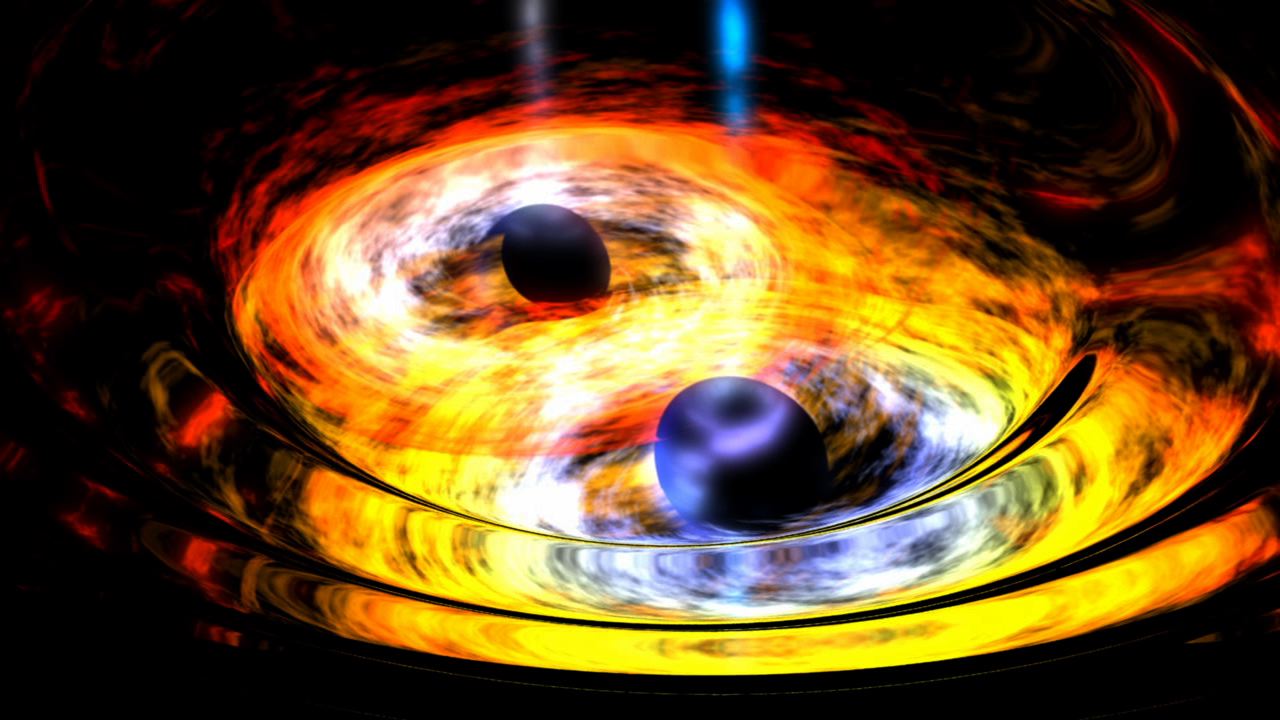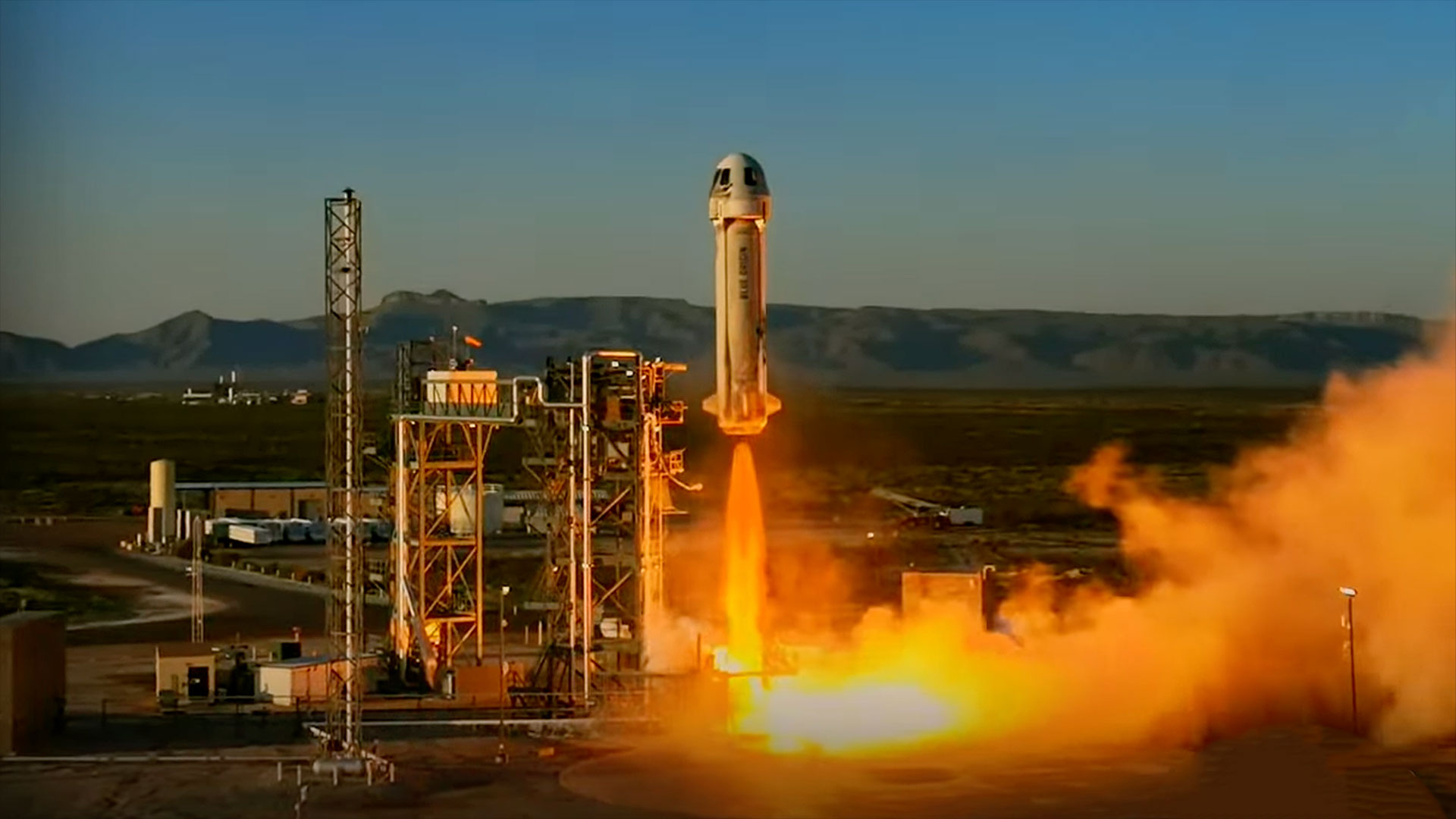LIGO Is Up and Running Again and Already Spotted Two Possible Black Hole Mergers

Within two weeks of beginning its third observation period, the LIGO project has spotted the gravitational-wave signatures of what could be another two black hole mergers.
The first new detection came on Monday (April 8), a week after a trio of supersensitive gravitational-wave instruments began new observations after being offline for about a year and a half, receiving technical upgrades. The new observing run also marks the first time that three different detector facilities — two Laser Interferometer Gravitational-Wave Observatory outposts in Washington state and Louisiana, plus the Virgo detector in Italy — have been observing together for a sustained period.
The scientists affiliated with LIGO and Virgo were able to pinpoint a swath of sky where the signal originated, near the constellation Cassiopeia. It also appears to be coming from about 5 billion light-years away. If the signal is confirmed, the team should also be able to estimate the mass involved in the collision.
Soon after announcing that signature, the detectors caught a second signal on April 12. The LIGO collaboration has not yet released any details beyond an initial map of the source.
Only the gravitational-wave sensors seem to have detected the two events, which suggests they are collisions of two black holes. A collision of two neutron stars or a mixed collision would produce a light signature as well as gravitational waves.
The new observing period, dubbed O3, will last for about a year.
- First Detection of Gravitational Waves from Neutron-Star Crash Marks New Era of Astronomy
- Gravitational-Wave Scientists: Q&A with Nobel Winners Kip Thorne and Barry Barish
- The Mystery of How Black Holes Collide and Merge Is Beginning to Unravel
Email Meghan Bartels at mbartels@space.com or follow her @meghanbartels. Follow us on Twitter @Spacedotcom and on Facebook.
Breaking space news, the latest updates on rocket launches, skywatching events and more!

Meghan is a senior writer at Space.com and has more than five years' experience as a science journalist based in New York City. She joined Space.com in July 2018, with previous writing published in outlets including Newsweek and Audubon. Meghan earned an MA in science journalism from New York University and a BA in classics from Georgetown University, and in her free time she enjoys reading and visiting museums. Follow her on Twitter at @meghanbartels.
